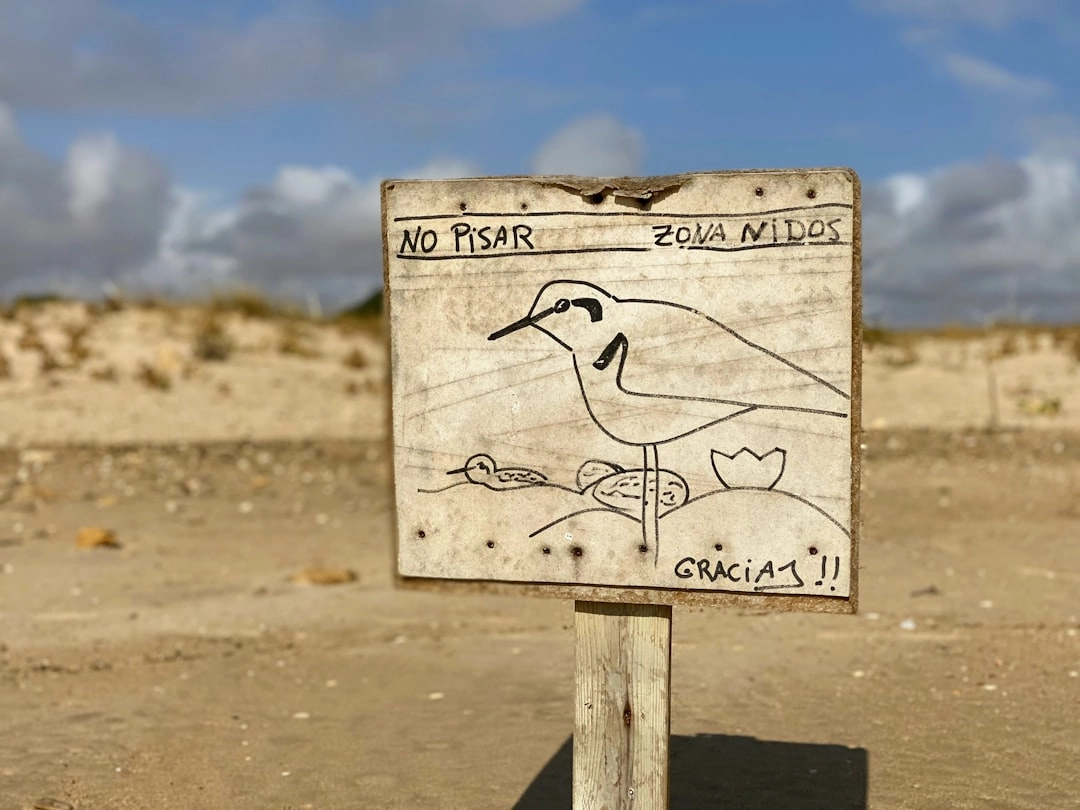
What is Eco-Friendly Protocols for Mountaineering?
Mountaineering is an exhilarating adventure that allows people to challenge themselves physically and mentally while exploring the beauty of nature. However, it is important to consider the environmental impact of this activity and adopt eco-friendly protocols to minimize harm to fragile ecosystems. Eco-friendly protocols for mountaineering involve practices and guidelines that ensure a sustainable approach to climbing, promoting conservation and preservation of the natural environment.
Real-World Problems Associated with Eco-Friendly Mountaineering
1. Waste Management
One of the significant challenges in mountaineering is the proper disposal of waste. Due to the remoteness of mountainous areas, waste management becomes even more critical. Improper waste disposal poses a threat to wildlife, water sources, and overall ecosystem health. Climbers must follow the principles of “leave no trace,” which includes packing out all waste, including human waste, and leaving the environment as pristine as possible.
2. Erosion and Trail Damage
Mountaineering routes often require the creation of trails and the use of fixed anchors to navigate the terrain. However, excessive use and poor trail maintenance can contribute to erosion, damaging vegetation and disrupting the natural balance of the ecosystem. It is crucial to follow established paths, avoid shortcuts, and minimize the impact on delicate ecosystems through proper trail construction and maintenance.
3. Wildlife Disturbance
The presence of mountaineers can potentially disrupt the natural behaviors of wildlife. Noise pollution, interference with nesting sites, and unintentional harassment can all have adverse effects on the local fauna. Mountaineers should familiarize themselves with the areas they plan to climb, understanding the sensitive habitats and times when wildlife may be more vulnerable. By maintaining a respectful distance and minimizing disturbances, climbers can help protect the wildlife they encounter.
4. Climate Change Impact
Mountaineering takes place in some of the most remote and pristine environments on Earth. However, these environments are also some of the most vulnerable to climate change. Melting glaciers, unpredictable weather patterns, and the increase in extreme events pose significant challenges for mountaineers. It is important to be aware of the local climate conditions, support climate change initiatives, and strive to minimize personal carbon footprints to mitigate the impacts of climbing on these fragile ecosystems.
5. Cultural Sensitivity
Mountaineering often involves traversing through culturally significant areas inhabited by indigenous communities. It is essential to be respectful, seek permission where necessary, and understand and appreciate the local customs and traditions. Engaging positively with local communities can foster understanding and support for conservation efforts, ensuring that mountaineering activities are sustainable in both an ecological and cultural sense.
Conclusion
Embracing eco-friendly protocols for mountaineering is vital to strike a balance between adventure and conservation. By addressing waste management, trail damage, wildlife disturbance, climate change impact, and cultural sensitivity, mountaineers can contribute to the protection and long-term sustainability of the natural environments they explore. Through responsible practices and active engagement, we can ensure that future generations can experience the thrill of mountaineering while preserving these irreplaceable natural treasures.

Solutions for Eco-Friendly Mountaineering
1. Waste Management
Adopting proper waste management practices is crucial for eco-friendly mountaineering. This includes packing out all waste, including human waste, and leaving no trace behind. Utilize portable toilets and carry waste disposal bags to minimize the impact on fragile ecosystems.
2. Trail Conservation
Protect trails and minimize erosion by sticking to established paths. Avoid creating shortcuts or widening trails. Engage in trail maintenance activities such as repairing erosion damage and removing invasive species to ensure the longevity of the trails.
3. Wildlife Protection
Show respect for wildlife by maintaining a safe distance and avoiding interference with their natural habitats. Adhere to designated wildlife protection zones and learn about the local fauna to better understand their behaviors and vulnerabilities.
4. Climate Change Mitigation
Address the impacts of climate change by reducing personal carbon footprints. Use sustainable transportation options to reach mountaineering destinations, support initiatives aimed at combating climate change, and promote awareness about the importance of climate action.
5. Cultural Sensitivity
Respect the cultural heritage and traditions of indigenous communities in the areas where mountaineering takes place. Seek permission when necessary and engage in cultural exchanges that contribute positively to the local communities. This fosters understanding and support for conservation efforts.
Conclusion
By adopting these solutions, mountaineers can practice eco-friendly protocols, enjoying the adventure while preserving the natural environments they explore. Responsible waste management, trail conservation, wildlife protection, climate change mitigation, and cultural sensitivity are all essential for ensuring the long-term sustainability of mountaineering activities.















